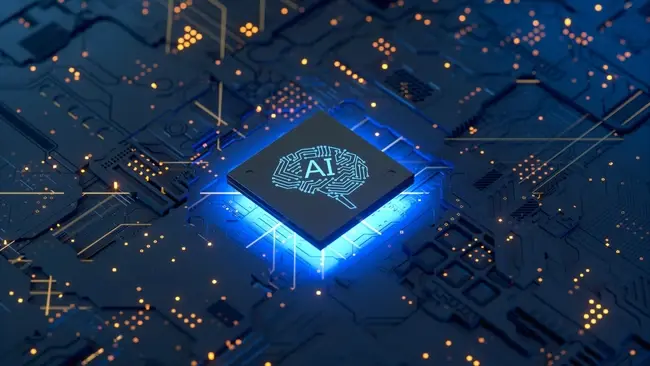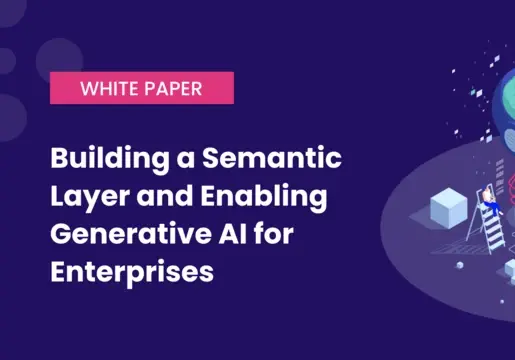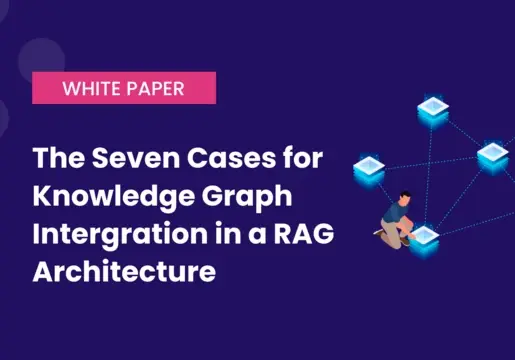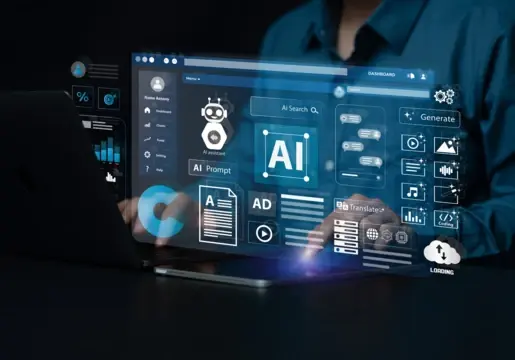Artificial Intelligence (AI) is an incredibly hot topic right now. Since the launch of OpenAI’s explosive chatbot ChatGPT last November, the tech has garnered interest from business leaders around the world, gripping Silicon Valley as big tech races to build cutting-edge AI applications.

Microsoft has so far invested over $11 billion into integrating OpenAI’s tech into Bing and other Windows products and services. Meanwhile, Apple, Meta and Alphabet are moving huge amounts of resources towards AI research, and thousands of other companies are building their own AI-wired tools and applications as the world embraces AI innovation.
With AI products popping up left, right and centre, it can be hard for businesses to understand which tools are right for their business and their employees. From chatbots to image generators, there is an unlimited supply of AI products and services that work for some but don’t for others.
In this list, we’re counting down ten innovative AI tools and applications that businesses can use today to streamline operations, increase productivity, and drive innovation in their business.








Comments ( 0 )